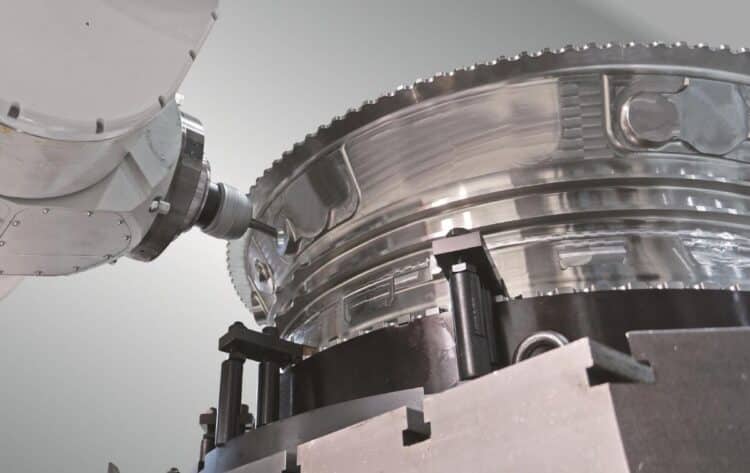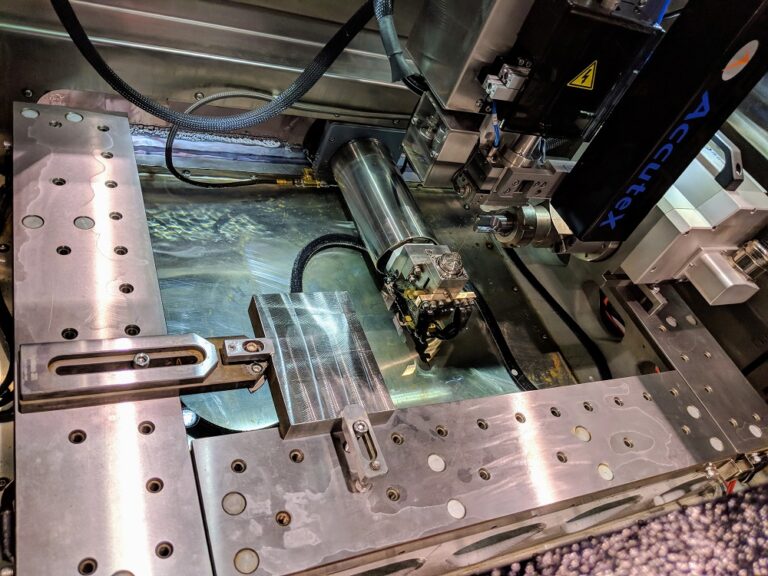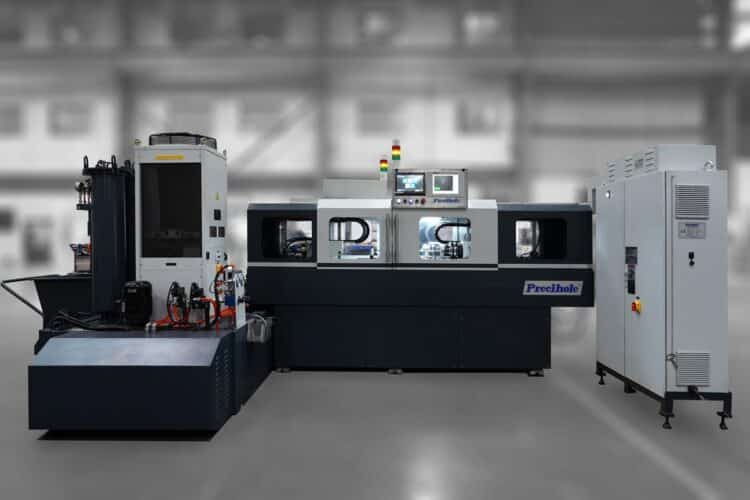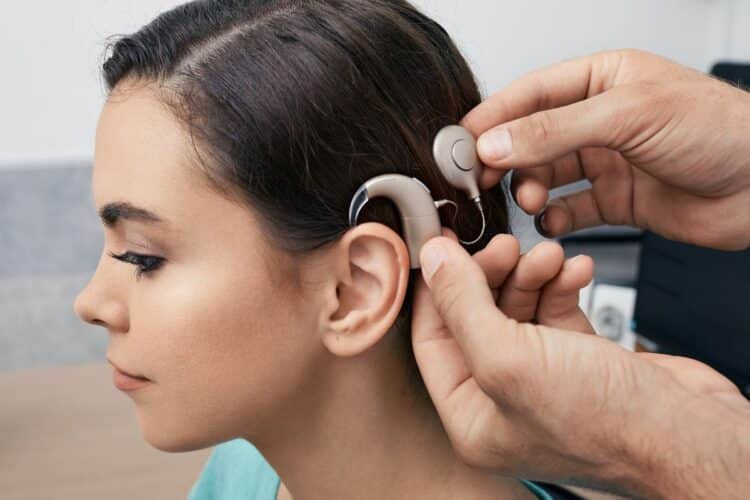
Every production turning manufacturer faces challenges in 5 categories: Recruiting, Training, Operations, Maintenance, & Safety. We’ll show you how CNC machines can improve each of these areas in a traditional manufacturing company.
Recruiting for Production Turning Jobs
Q: How can I find more employees for 1st shift, let alone 2nd and 3rd?
A: Rest easy because you don’t have to! That’s the beauty of CNC machines. Instead of searching for bodies to fill positions, you can invest in upskilling your current employees with CNC training. Since CNC machines are designed with built-in automation and can accommodate different types of parts, you only need one employee to tend multiple machines at a time.
Since CNC machines are built to be operational 24/7, simple-to-use automation features make them even more valuable when running lights out. Think about the savings that come with 24/7 lights-out production — what could that mean for your total overall payroll and workers’ compensation premiums? A one-time investment in a new CNC machine will generate those savings and more for years to come.
Q: People today don’t want to work in noisy and oily environments. How can I fill my current and future employment gaps?
A: While today’s youth may not appreciate manual labor, they are focused on technology because they grew up with it in their pocket! They learn new tech much faster, which puts them in a unique position for the future of manufacturing.
Younger generations want to keep their hands clean, work in healthier environments, and minimize physical effort in their daily duties. While these attributes might not fit traditional manufacturing models, modern manufacturing relies on automation to operate more efficiently. Switching to CNC machines allows you to offer invaluable technical education, upskill your employees, attract and retain new talent, and advance their careers.
Studies have shown that employee retention rates are higher in companies that cultivate a healthy, happy, and safe environment for their workers*. While cam-operated machines require getting one’s hands dirty, CNC machines are technology-driven, automation ready, and environmentally-friendly — all positive and compelling values in today’s workforce.
Training the Next Generation of Workers
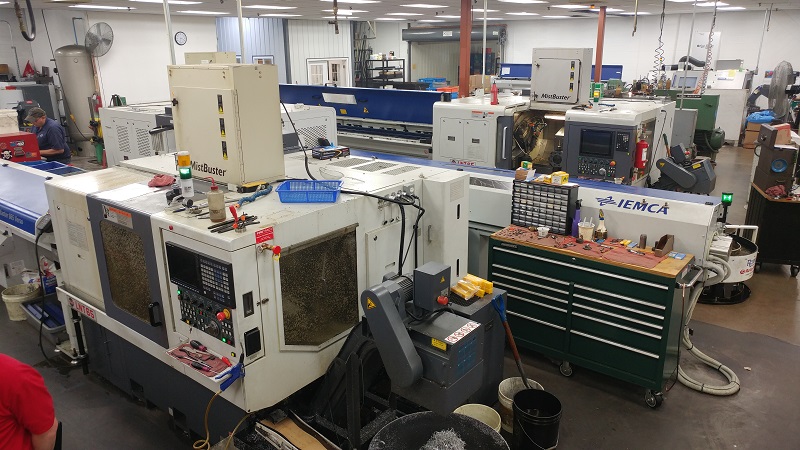
Q: How can I train younger workers to set up jobs on old cam-operated machines when it demands patience, an abundance of skills, and years of experience?
A: This one’s easy: You don’t! There aren’t many companies left that offer cam machine training, unless you’re relying on internal resources for in-house training. The typical setup time for a cam-operated machine ranges from a few hours to a few days.
On the other hand, a CNC machine can be set up in 1-3 hours, allowing for part production that very same day. Training employees to set up a robot or utilize automation will increase their value to the organization while improving their self-worth as team members.
Fewer people with stronger production capabilities adds to your bottom line while also establishing a healthier and more engaged culture. Now that’s a win-win! Plus, Absolute Machine Tools can train your employees to set up jobs and operate a CNC machine for efficiency. It’s always a relief to know someone has your back.
Operations: Improving Efficiency While Maintaining Quality
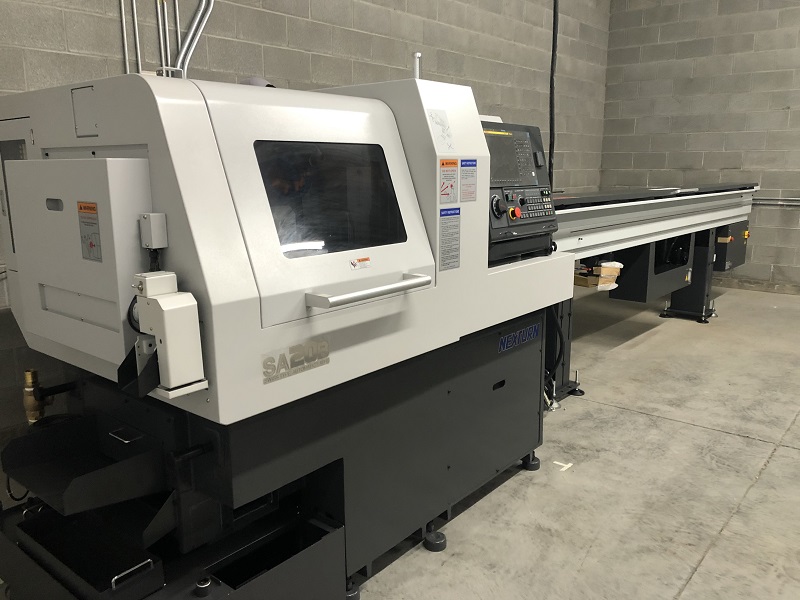
Q: How do I solve the problem of performing 2nd operations on part runs while still producing the highest quality parts possible?
A: CNC machines are proven to increase throughput and drop complete complex parts in one cycle with NO bench time required. The Done-in-One feature justifies minimally slower cycle times as it frees workers to perform more value-added tasks. Every manufacturer knows that there is always something else to do around the shop.
Q: I run my machines every day. How can my spindle utilization be any higher than it currently stands?
A: At Absolute Machine Tools, we can accurately compute real spindle utilization time using YOUR actual production numbers. Each shop is unique, so we request customers to supply us with their real-world numbers. We’ll share our calculations and results so that you can make smart buying decisions. In most cases, we find that typical spindle utilization time on cam-operated machines is somewhere between 40% – 65%. Using those numbers as a baseline, we can improve uptime using our CNC machines as high as 90%, resulting in a quicker ROI. Contact us and share your data to receive a customized spindle utilization study.
Q: Can a fixed-headstock machine produce parts faster than a guide-bushing machine?
A: In a word, yes! Ultimately, the features on a part will determine which machine will process faster. Fixed-headstock machines can perform larger drilling, milling, and tapping because they are engineered for higher torque and thrust on the motors. Swiss machines excel on smaller diameter parts, thanks to faster chip-to-chip times, faster spindle acceleration, and higher spindle RPMs.
Maintenance: Parts, Service and Scrap
Q: It’s getting more difficult and expensive to find replacement parts for my Acme and New Britain screw machines. What will I do in 5 years when they are even harder to find and cost more?
A: Don’t set yourself up for failure. In five years, you will wish you had invested your hard-earned money towards a new CNC machine. Save yourself the trouble of seeking out hard-to-find repair parts and paying a small fortune for unique replacement parts. One investment in a CNC machine now can save you time, money, and possibly your company’s future!
Q: In 5 years, where will I find a reputable maintenance company to fix my cam-operated machines?
A: You’re on your own. In 5 years, outside service companies will be even harder to find than they are now. If you do find one, they will charge a pretty penny for cam maintenance and repair services, since they require specialized knowledge. On the contrary, CNCs won’t be phased out anytime soon. It will be far easier (and more cost-effective) to find a CNC maintenance and repair company now and in the future.
Q: How can I reduce the amount of scrap produced from raw materials while running cam-operated machines?
A: CNC machines create streamlined operations by producing complete complex parts in one operation, allowing manufacturers to ship all finished parts that were made rather than tossing them in the scrap barrel. When compared to cam-operated machines, CNCs hold much tighter tolerances, ultimately reducing waste. Investing in a CNC machine is of great value to manufacturers that want to establish lean, streamlined processes in their company
Safety: What to Expect
Q: Do you think OSHA will be easier or harder to work with in the future? Will a CNC machine help us pass our OSHA inspections?
A: The hard truth is that OSHA’s health and safety regulations are only becoming stricter and more regularly enforced. At this point, manufacturing facilities with cam-operated machines likely will not pass an OSHA inspection. That’s because the proper guarding and safety features are typically non-existent on older cam-operated machines.

Since COVID-19, there is an increased expectation for clean, healthy, and safe shop conditions. However, cam-operated machines require a lot of oil to operate, and eventually that oil will spill on the floor and create hazardous working conditions for employees.
All CNC machines can be equipped or retrofitted with air + oil filtration systems to improve indoor air quality as well as fire suppression systems for the health and safety of your employees on the shop floor. CNC machines offer the ability to easily implement and include such accessories as air + oil mist filtration units, fire suppression systems, full machine enclosures and door safety interlocks.
As the industry modernizes and begins to recognize the importance of these health and safety regulations, manufacturers are going to be forced to upgrade before penalties are imposed. Investing in a CNC machine now is a proactive way to get ahead of the curve and save yourself trouble in the future.
Why Partner with Absolute?
The answer is simple. With over 30 years of proven results, we’ve served thousands of customers in their transition to safer more modernized CNC manufacturing equipment.
As a team of former shop owners and highly skilled applications engineers ourselves, we have been in the trenches and understand the unique challenges presented on the factory floor. We have the experience and expertise to support you every step of the way — from training solutions and safety protocols to operational strategies and maintenance recommendations. We’ve done the work so you don’t have to worry about anything but your numbers!
Making the switch to CNC machines equates to massive overall savings over the life of the machine, as well as a safer and more enjoyable environment for employees. Contact us today and allow us to help you navigate the transition from cam-operated machines to CNC machines!


